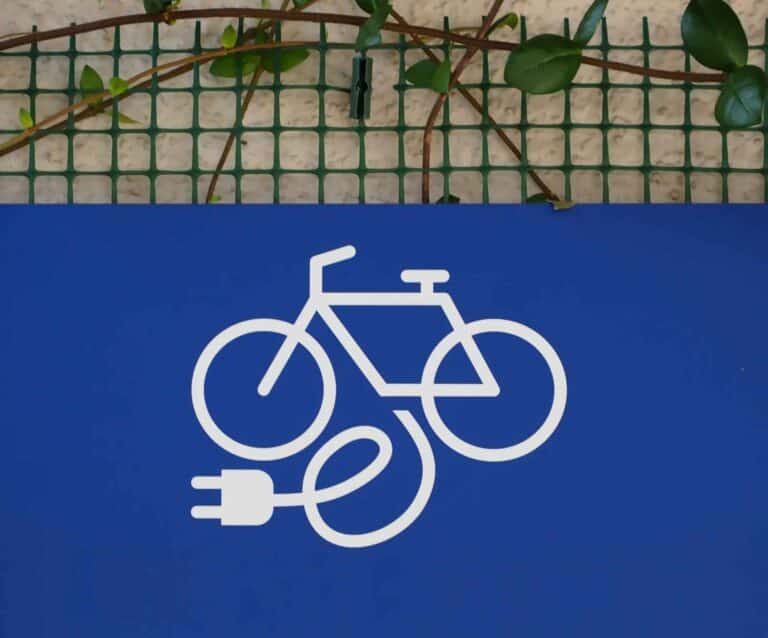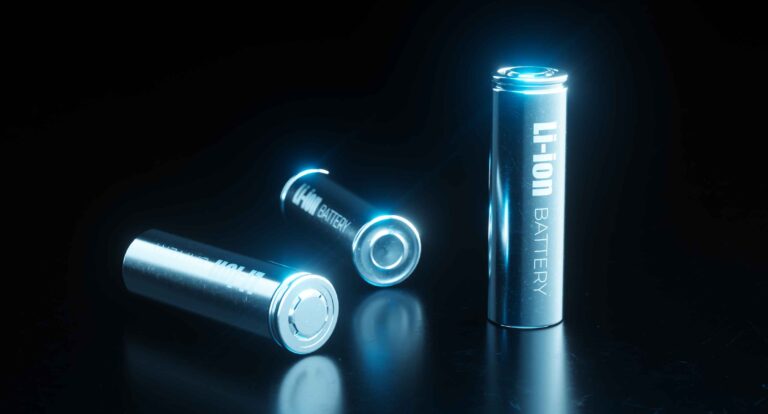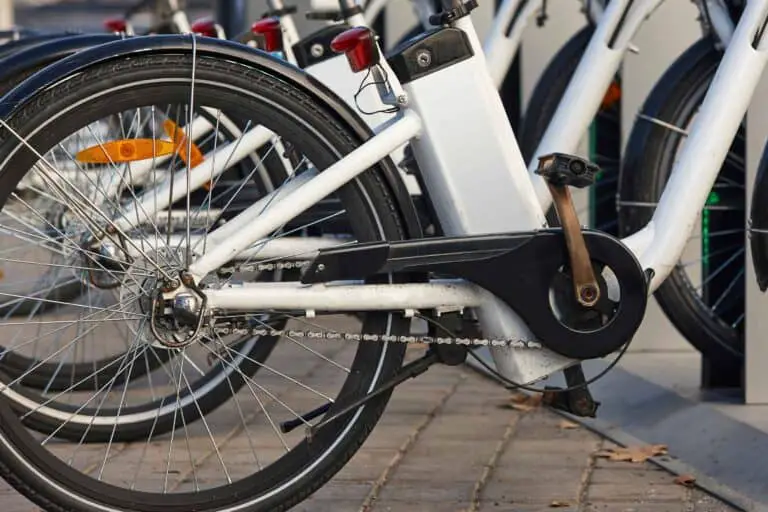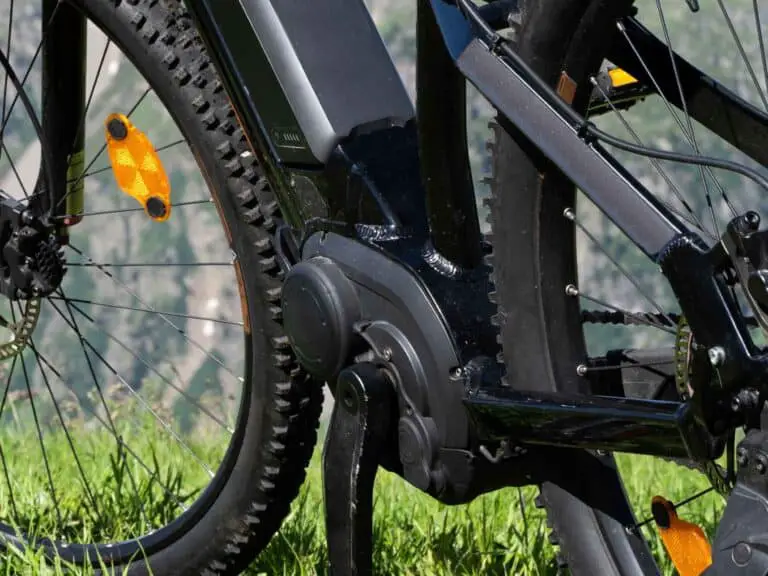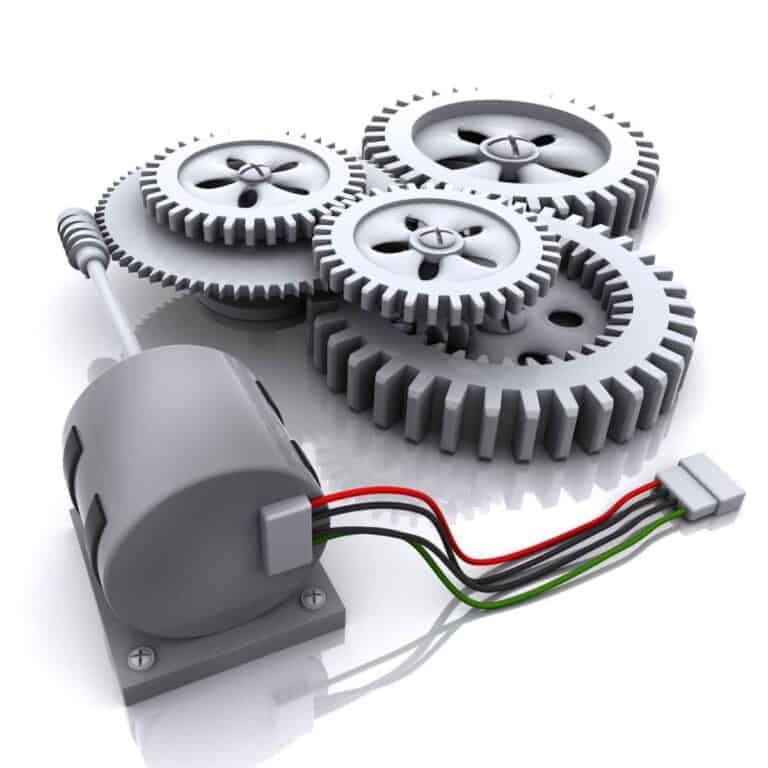LiPo eBike Battery Vs. 18650 Battery (Best eBike Battery)
Electric bike batteries are made of battery cells, and two types are LiPo and 18650 cells. These cells are packed together to achieve a certain capacity. As riders, we always want the best battery for our e-bike. With that in mind, which of these two—LiPo or 18650 battery—is better?
As a general rule, when it comes to price, the 18650 electric bike battery is a better option, as LiPo batteries are costly to manufacture. Moreover, 18650 batteries are more commonly used in e-bikes compared to LiPo batteries.
On average, if you are looking for a high-energy-density battery with great discharge stability within a lightweight design, a LiPo electric bike battery would be a great choice. Furthermore, with LiPo batteries, electrolyte leakage is unlikely to happen.
As a whole, LiPo and 18650 e-bike batteries are both incredible and reliable, especially when manufactured by a known and highly reliable brand. However, when it comes to battery chemistry, LiPo batteries are extremely dangerous, as a little puncture could cause a fire.
In this article, we will dive into LiPo and 18650 electric bike batteries, their pros and cons, and answer questions related to these two types of batteries.
LiPo eBike Battery Vs. 18650 Battery
| eBike Battery | LiPo eBike Battery | 18650 eBike Battery |
| Cost of Purchase | Costly to manufacture | Moderate cost |
| Maintenance Cost | Similar | Similar |
| Running Cost | Similar | Similar |
| Range | 20 to 50 miles (32 to 80 kilometers) on a single charge | 20 to 50 miles (32 to 80 kilometers) on a single charge |
| Lifespan | Shorter lifespan | Longer lifespan |
| Reliability | Reliable | Reliable |
| Widespread Availability | Less readily available than 18650 battery | More readily available than LiPo battery |
Cost of Purchase: LiPo eBike Battery Vs. 18650 eBike Battery
When considering their prices, LiPo electric bike batteries tend to be more costly than 18650 electric bike batteries because they are more expensive to manufacture. However, the price ranges for both LiPo and 18650 electric bike batteries may vary depending on factors such as capacity, brand, and the overall quality of the battery pack. For e-bike battery packs, whether LiPo or 18650, those originating from a reputable brand with high capacity, reliable performance, and upgraded safety features tend to come with a higher price tag. So, when choosing a battery for your electric bike, while budget should be considered, the overall quality and safety of the e-bike battery pack should not be overlooked.
Maintenance Cost: LiPo eBike Battery Vs. 18650 eBike Battery
Both LiPo and 18650 electric bike batteries have almost the same maintenance cost. When it comes to their upkeep, users should follow these guidelines:
- Charge your electric bike battery using the appropriate charger.
- Discharge and charge your e-bike battery in the proper way.
- Store them properly when not in use.
- Avoid exposing them to very high or low temperatures.
- When not in use, store your battery properly.
- Follow the manufacturer’s guidelines on how to properly use them.
Though both LiPo and 18650 batteries have almost similar ways of proper maintenance, extra care is required with LiPo batteries. They should be properly packed because, if poked or punctured fire may occur. LiPo eBike batteries are incredible; however, before choosing to use them, ensure you have experience in handling them well due to their extremely dangerous chemistry. It should be noted that whatever battery it is if not properly handled, accidents may happen.
Running Cost: LiPo eBike Battery Vs. 18650 eBike Battery
LiPo and 18650 electric bike batteries require recharging for them to work again. As a result, you have to pay for the charging cost of your e-bike battery. The charging cost of an electric bike depends on the capacity of your e-bike battery, the electricity rate in your area, and how long you are going to charge your battery.
Range: LiPo eBike Battery Vs. 18650 eBike Battery
When considering their estimated range, both LiPo and 18650 e-bike batteries typically fall within the range of 20 to 50 miles (32 to 80 kilometers) on a single charge. However, variations can occur based on factors such as the overall capacity of the battery, its health, the weight carried by your e-bike, your riding style, speed, riding conditions, and other variables.
Lifespan: LiPo eBike Battery Vs. 18650 eBike Battery
Many riders have noted that 18650 electric bike batteries generally have a longer lifespan compared to LiPo e-bike batteries. LiPo batteries typically exhibit around 300 charge-discharge cycles, with a lifespan of about 2-3 years. In contrast, 18650 batteries often provide a longer cycle life, ranging from 300 to 500 cycles, with a lifespan extending to 3-5 years or even higher. It’s important to highlight that the lifespan of both LiPo and 18650 batteries is significantly influenced by how well they are maintained.
Reliability: LiPo eBike Battery Vs. 18650 eBike Battery
In terms of reliability, both LiPo and 18650 batteries are generally on par and can work well when used in e-bikes. However, it’s essential to exercise extra caution when dealing with LiPo batteries. It is advisable to use them in e-bikes only if you have a good understanding of how to handle them properly.
Widespread Availability: LiPo eBike Battery Vs. 18650 eBike Battery
There are many LiPo and 18650 battery cells sold in the market. Both LiPo and 18650 batteries are used in various electronic devices. However, when it comes to electric bike battery packs, there are still a lot more e-bike battery packs made of 18650 cells sold compared to those using LiPo batteries.
Pros and Cons of LiPo eBike Battery
| Pros of LiPo eBike Battery | Cons of LiPo eBike Battery |
| LiPo batteries are known for their relatively high energy density. | LiPo batteries are known to be costly to manufacture. |
| LiPo battery cells are mostly rectangular in shape but highly flexible. This flexibility makes them suitable for certain applications that require custom shapes or non-standard form factors. | LiPo batteries tend to have a shorter lifespan compared to 18650 batteries. |
| LiPo batteries are lightweight. | Though LiPo batteries can be used in electric bikes, 18650 batteries are still more commonly employed. |
| The LiPo battery is known to be used in various electrical devices, including electric bikes. | LiPo’s chemistry makes it extremely dangerous to use, so it’s always best to be used by someone with a great understanding of this battery to ensure proper handling is always observed. |
| LiPo battery cells use a solid or gel-like polymer, making battery leakage unlikely to happen. | It requires special care during charging, discharging, and storage. |
| The LiPo e-bike batteries can be configured in parallel and series connections to achieve a high capacity. |
Pros and Cons of 18650 eBike Battery
| Pros of 18650 eBike Battery | Cons of 18650 eBike Battery |
| An 18650 battery is known for its high energy density, but somewhat less than LiPo batteries. | The 18650 battery has a limited shape, being only cylindrical. As a result, it may not be suitable for certain applications that require custom shapes or non-standard form factors. |
| On average, the 18650 battery tends to have a longer lifespan than a LiPo battery. | The volume of the 18650 lithium-ion battery is fixed, so it cannot be altered and customized. |
| The 18650 battery is known to be used in various electrical devices, including electric bikes. | One 18650 battery cell weighs about 45 grams and not less than 42 grams, so when used in e-bike battery packs, the weight may exceed 2 kg. |
| The 18650 battery typically has a capacity ranging from 1200 mAh to 3600 mAh. | |
| The 18650 battery has no memory effect, so there’s no need to go through a full discharge/charge cycle each time. It is recommended to recharge the battery if it reaches 30-40% and perform a full discharge/charge cycle once in a while. | |
| The 18650 lithium-ion batteries can be placed in series or parallel, allowing them to achieve a high capacity. |
Differences and Similarities Between LiPo eBike Battery and 18650 Battery

Are 18650 Safer than LiPo?
As a general rule, 18650 batteries are considered safer than LiPo batteries due to their chemistry and construction. The LiPo battery, in particular, is prone to fire if punctured or subjected to impact.
However, both 18650 and LiPo batteries can exhibit good safety performance when properly packed and protected. The safety of any battery ultimately depends on how you handle it. Proper handling includes correct charging, discharging, storing, and using protective circuits in the battery pack. When using any type of battery, it is crucial to follow the manufacturer’s guidelines for handling. Manufacturers provide the best advice on how to ensure the safe and proper use of their batteries. Remember, it’s always best to follow the rules than regret not following them when accidents happen.
“With batteries, a single mistake can lead to a ball of fire.”
-electricrideowner
Can You Use LiPo Battery for eBike?
As a whole, you can use a LiPo battery for your electric bike. LiPo batteries are rechargeable, very lightweight, and have a high energy density. They are widely used in various electronic devices, including electric bikes.
LiPo batteries are commonly used in drones, power banks, phones, and other electronic devices. However, they may not be as common as lithium-ion batteries, such as 18650 and 21700, when it comes to e-bike use. Even so, a LiPo battery pack can still perform well when used in e-bikes.
LiPo batteries are made up of a chemistry that can be extremely dangerous. So when planning to create a battery using LiPo battery cells, ensure that you have good knowledge about this battery. To ensure safety, always follow the manufacturer’s guidelines for its proper use.
If you are interested in how to create an e-bike battery pack using LiPo cells, watch the video below:
Is an 18650 a LiPo?
As a general rule, an 18650 battery is not a LiPo. An 18650 is a lithium-ion battery, while LiPo generally means a lithium-polymer battery. These batteries differ in size, chemistry, construction, and characteristics.
The 18650 battery uses a liquid electrolyte, while LiPo uses a solid or gel-like polymer. The 18650 battery is cylindrical, with a size of 21 mm in diameter and 70 mm in length. On the other hand, the LiPo battery is flexible in shape but is mostly rectangular and comes in varying sizes. However, despite their differences, both are high-energy-density batteries that can be used in various electronic devices, including electric bikes.
If you are interested in knowing more about 18650 e-bike batteries, you can read our article ‘Which 18650 Battery Is Best For Your E-bike (A Helpful Chart).’
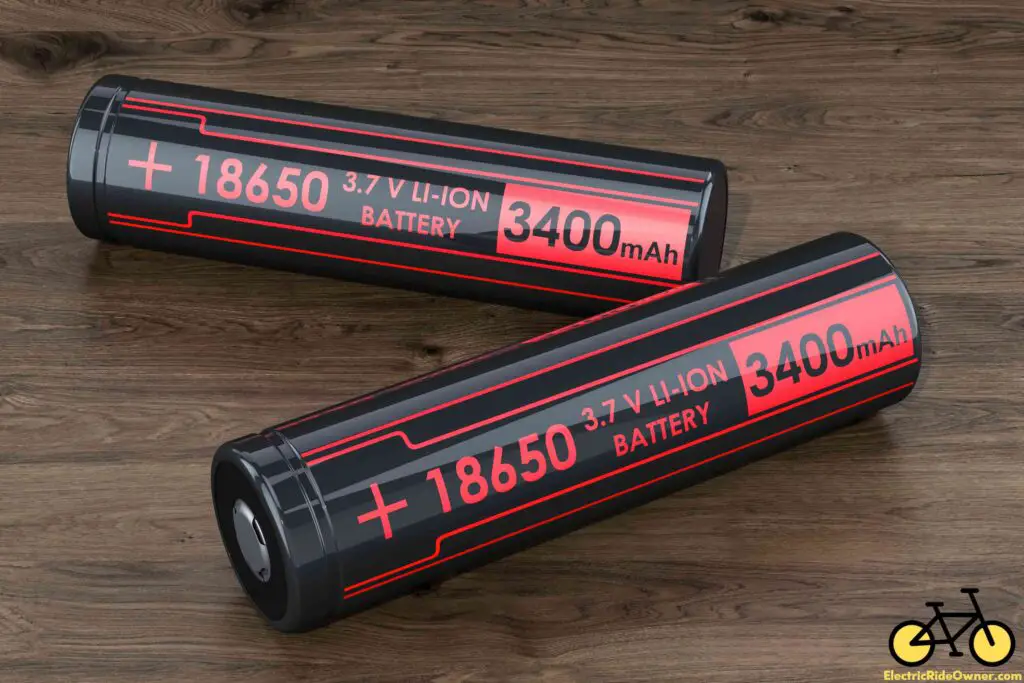
Is Li-ion Better than LiPo?
On average, the superiority between these two batteries comes down to the specific needs and requirements that you are looking for. These batteries are both rechargeable, but they have distinct characteristics.
The performance of these two batteries can be on par, especially when both are manufactured by a highly reliable brand with a proper protection system. However, when it comes to their flexibility factor, the LiPo battery is a better choice. That is because the 18650 battery is typically rigid and cylindrical, while LiPo is known to be flexible. With flexibility, LiPo can be formed into different shapes, especially for applications that require specific forms.
Both batteries have a high energy density and are used in different electronic devices. However, Li-ion batteries are now more common in terms of usage in e-bikes. Additionally, a lot of people say that Li-ion batteries tend to have a longer lifespan compared to LiPo batteries. Moreover, LiPo batteries also tend to be more costly to manufacture. However, the overall pricing of either LiPo or 18650 battery still depends on several factors such as capacity, brand, and features.
What’s the Difference Between Li-ion and Li-Polymer?
As a general rule, Li-ion and Li-Polymer differ in their characteristics. One of the common distinctive factors is the electrolyte they use. Li-ion batteries typically use liquid electrolytes, while Li-Polymer uses a solid or gel-like polymer.
Both batteries are safe to use, especially when handled well. However, with Li-Polymer batteries, extra care in handling is needed as their chemistry makes them prone to fire when the battery is punctured or poked by something.
In addition, Li-Polymer batteries are flexible in shape, allowing them to be used in different applications, especially for those with specific form requirements. Li-ion batteries, on the other hand, are typically cylindrical and very rigid, so using them in applications with form requirements could be quite challenging.
Another notable difference between the two lies in their lifespan. Li-Polymer batteries typically have a life cycle of about 300 cycles, lasting for approximately 3 years. In contrast, Li-ion batteries may offer a longer life cycle of 300-500 cycles or even higher, allowing them to last for about 3-5 years or more.
If you are interested in learning the possible price ranges of electric bike batteries, you can check our article ‘Electric Bike Battery Cost (A Helpful Chart).’

